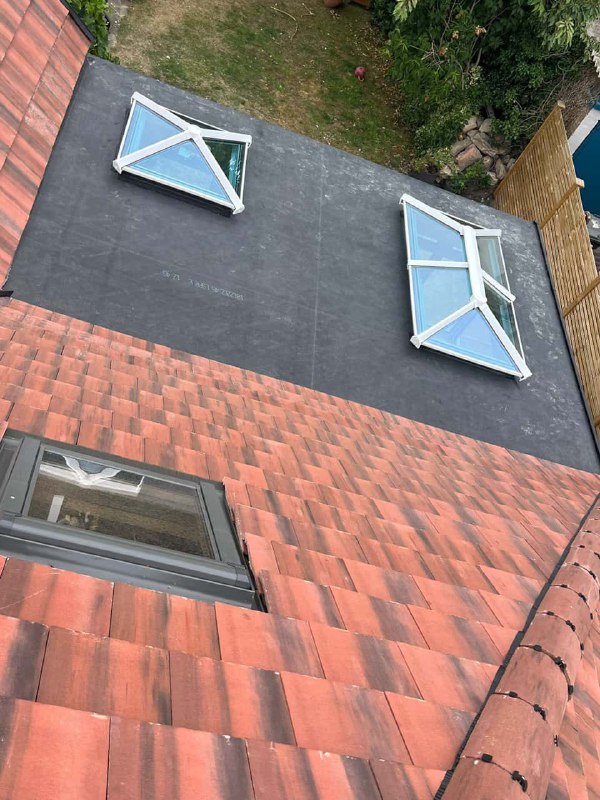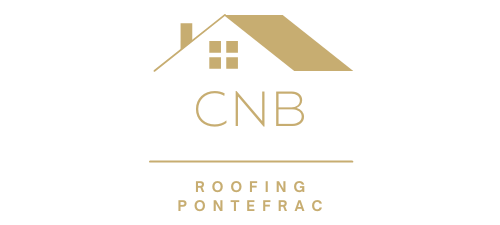Roof Inspections for Flat and Low-Slope Roofs: Unique Considerations
Introduction: Flat and low-slope roofs are a common architectural feature in commercial and industrial buildings and some residential structures. Unlike their pitched counterparts, these roofs present unique challenges and inspection considerations. In this blog post, brought to you by CNB Roofing Pontefract, we will explore the essential aspects of roof inspections for flat and low-slope roofs and how to address their distinctive needs.
Why Flat and Low-Slope Roofs Require Special Attention
Flat and low-slope roofs have several characteristics that set them apart from pitched roofs:
- Drainage Challenges: These roofs have limited slopes, making proper drainage crucial. Water pooling can lead to leaks and premature deterioration if not managed correctly.
- Material Vulnerability: The materials used for flat and low-slope roofs, such as built-up roofing (BUR), single-ply membranes, or modified bitumen, can be vulnerable to weathering, punctures, and wear.
- Seam and Flashing Vulnerability: The seams and flashings in flat and low-slope roofing systems are potential weak points, making them prone to leaks if not properly maintained.
- Access Challenges: Accessing flat roofs can be more challenging than pitched roofs, often requiring specialised equipment and safety measures.
Key Considerations for Roof Inspections
- Frequency: Regular inspections are essential for flat and low-slope roofs. Semi-annual inspections, ideally in the spring and fall, can help identify and address issues before they become major problems.
- Drainage Evaluation: Inspectors should pay close attention to the roof’s drainage system. Ensure that gutters, scuppers, and drains are clear of debris and functioning correctly. Address any ponding or standing water issues promptly.
- Seam and Flashing Inspection: Examine seams, flashings, and penetrations for signs of damage, deterioration, or separation. These areas are common entry points for water.
- Material Condition: Assess the condition of the roofing material, looking for signs of blistering, cracking, or wear. Check for loose or damaged roofing elements.
- Membrane Integrity: For single-ply membrane roofs, check for punctures, tears, or seam separations. Address any issues with repairs or replacement as needed.
- Coating and Protection: If your flat roof has a protective coating or membrane, inspect its condition and integrity. Coatings may require periodic recoating to maintain their effectiveness.
- Flashing and Roof Edge Inspection: Examine the condition of flashings, parapet walls, and roof edges. Proper sealing and flashing are critical to preventing leaks.
- HVAC and Equipment Maintenance: Inspect HVAC units, vents, and rooftop equipment. Ensure that all seals and flashings around these elements are intact.
- Safety Measures: Roof inspections for flat roofs often require safety precautions and equipment, such as guardrails, safety lines, or fall protection gear. Always prioritise safety during inspections.
- Documentation: Maintain detailed inspection records, including photographs and notes on any issues discovered. This documentation can be valuable for future reference and planning.
Conclusion: Roof inspections for flat and low-slope roofs demand specialised knowledge and attention to detail. Due to the unique challenges these roofs present, regular inspections are essential to identify and address issues promptly.
Call us on: 01977 805 558
Click here to find out more about CNB Roofing Pontefract
Click here to complete our contact form and see how we can help with your roofing needs.

